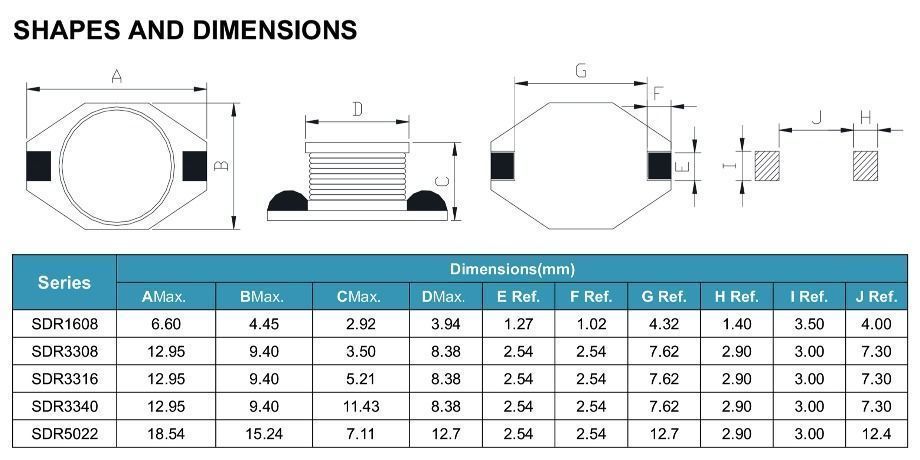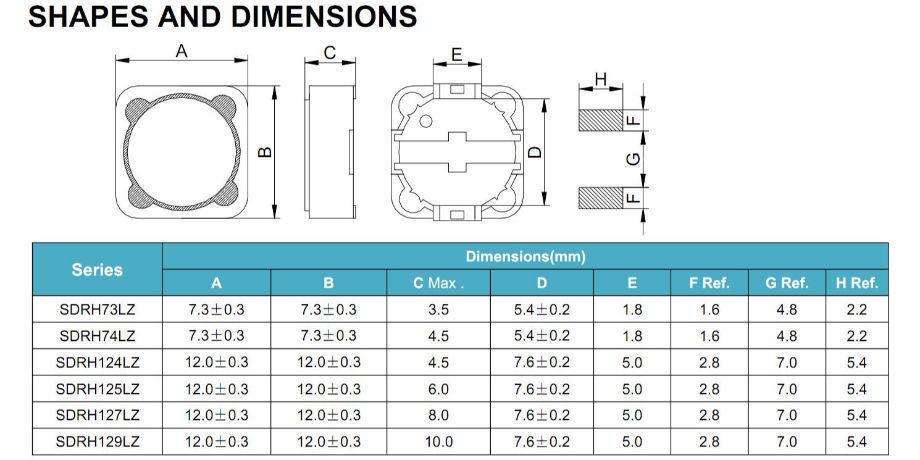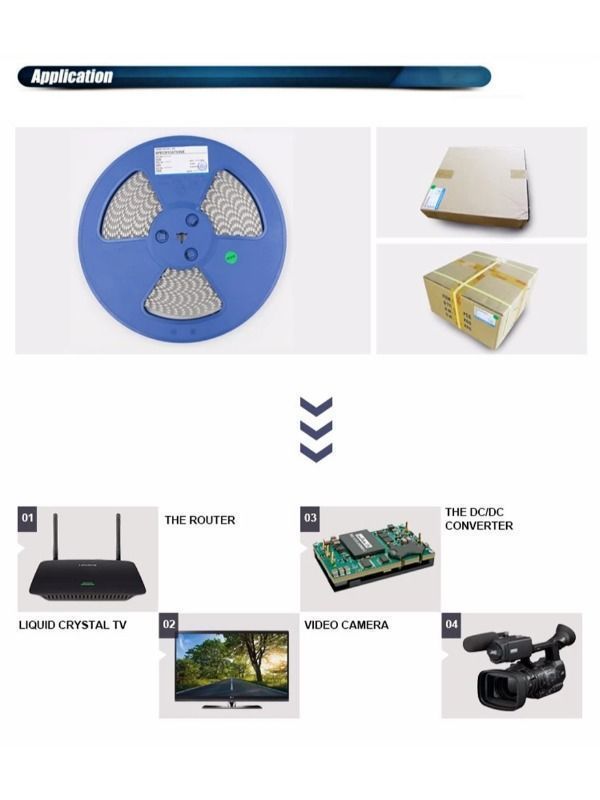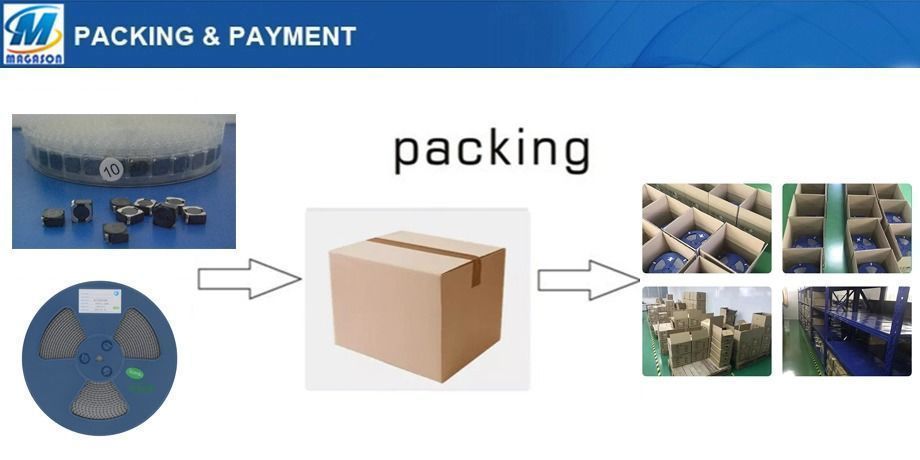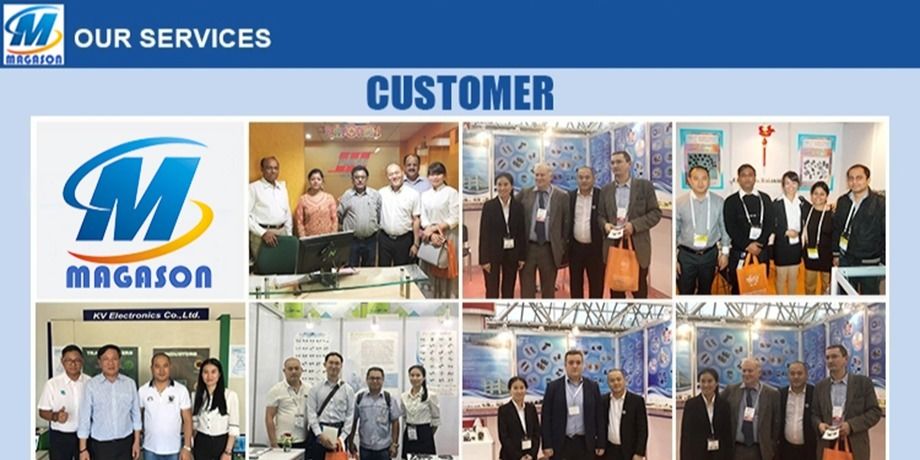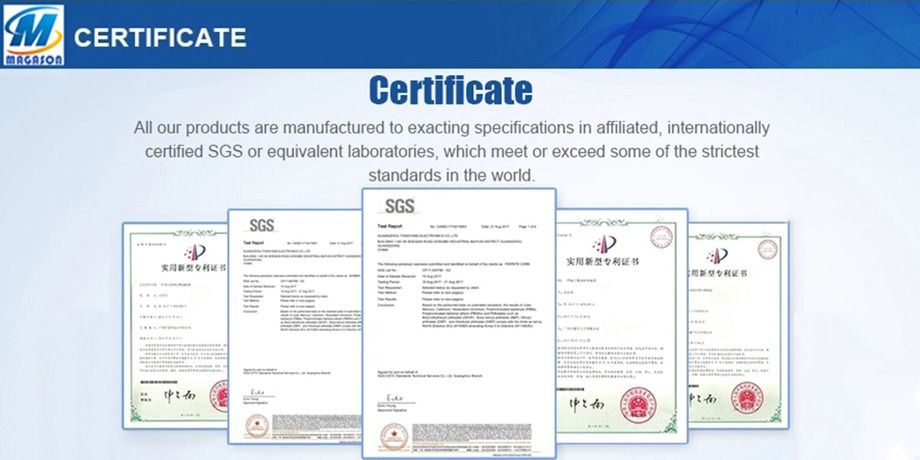A new round of industrial revolution is about to begin, and the pace, scale, and complexity of technological change will be unprecedented. How do companies take a place in the future world? What should a leader do to achieve the potential benefits of technology? The fourth industrial revolution has swept the world like a tsunami. Future competition will not be a big fish eating fish, but a new world where fast fish eat slow fish. —— Chairman of World Economic Forum (WEF) Schwab A great change is happening. More and more factories and warehouses have installed a large number of IoT sensors; the software will warn and notify maintenance before the machine malfunctions; the grid and terminals become more and more intelligent; various kinds of customized parts are being “on-demandâ€. produce……. From the robotics, machine learning, digital manufacturing (including 3D printing), industrial Internet, Internet of things, data analysis to blockchain, this wave of technological change is getting bigger and bigger, and technological breakthroughs are getting faster and faster. "This is a profound systemic change," Schwab pointed out in his book The Fourth Industrial Revolution. "Whether it is scale, breadth, or complexity, it is totally different from the changes people have experienced in the past." Faced with this magnificent and irresistible change, Schwab reminded us that the challenge for mankind is: What kind of leadership and capabilities do we need to master these technologies? More and more experts have called for this revolution to begin. Whether companies can successfully realize the potential benefits of technology will depend to a large extent on what they will do in the early years of the next few years: whether to establish the necessary capabilities How to reshape business and business models. Balance turmoil with trust and purpose Faced with a turbulent new era, “There is one thing that is certain: trust and a clear sense of purpose are becoming increasingly important to the company,†according to the design, PwC’s two top executives – German partners Norbert Schwieters and Bob Moritz, the global chairman, point out that “companies that are constantly changing must balance this turmoil with purpose and trust. Otherwise, your employees, suppliers, customers, and regulators You will not be able to fully support you." In the latest issue of the "Strategy and Business" quarterly, they set out 10 principles for responding to "develop strategy, embrace new business," and "create a better world," helping leaders to lead new businesses. A wave of victory in the industrial revolution. First, rethink the business model: "Subversion" has become the new normal in the business world. Firms that adhere to traditional business models are gradually being replaced by those who can provide new products and services at lower prices. Taking the power company as an example, it has followed more than 100 years of business model (measured power generation, sold to residential and commercial users), and has more transformation options under the new technology blessing. In the same way, in a few years, the business model of automakers will also change dramatically: not only the business of selling cars, but also providing "mobility on demand" services through shared and driverless vehicles. Second, to create a platform strategy: the old industrial system is centered on the value chain; but in the new industrial system, the company's strategy should focus on the platform. The platform is a set of standards and systems, a plug-and-play technology foundation that allows a large number of suppliers and customers to interact on this platform with the same set of hardware, software and services. The first step is to find a place in the new industrial revolution. The first step is to find out what position you can play in the platform world. Platform "provider", platform "participant", or platform "enhancer"? Third, design for the customer: The infrastructure of this new revolution is a network that connects people, especially manufacturers and consumers. Their relationship is more closely connected than before. Companies must provide a true "all-in-one" customer experience by linking each touch point. Take the apparel industry as an example, Zara, H&M, and other large companies are strengthening the link between retail stores and upstream factories so that customer preferences can be quickly reflected in new design styles. Fourth, improve the technical sensitivity: We have entered a procedural world, and software will become the key to determine the competitiveness of enterprises. All companies need to increase their acumen of technology. This is not enough to hire software talent, but to improve the capabilities of each company employee. It is not only the use of digital tools, but also the need to have in-depth insights into scientific and technological patterns and accumulate data on machine learning. Fifth, rapid and open innovation: The winner of the next round of industrial revolution must be the winner of innovation. Although many companies are pursuing disruptive innovations, in fact, promoting a series of incremental innovations can create more revenue, because such innovations are easier to achieve and easier to test in the market. VI. Obtaining useful information from data: Thanks to Digital Technology, the amount of real-time data that companies collect from customers, equipment or processes has grown explosively. But this is only the beginning. The key lies in how to find out important patterns from the results of analysis. Get insights. One area where major breakthroughs have been made from data analysis is the materials industry. For example, plastics manufacturers can propose new customers to adopt different product manufacturing methods based on previous customer data analysis using a certain polymer material. VII. Adopting an innovative financing model: In the future, the financing model of enterprises will increasingly align with the software industry. In the past, large companies were used to investing in the purchase of factories and machinery and equipment, which was costly. Now they began to use the pay-as-you-go model of mirror-cloud computing applications to shift their investment focus from old equipment to continuous equipment upgrades. Another trend is to use the Silicon Valley to raise funds through equity and venture capital, rather than external debt. VIII. Focus on the purpose rather than the product: Instead of developing a large number of products and services, companies need to establish a clear purpose, a value proposition that is more attractive than other competitors, and apply it throughout the company's business. The various links. Because, the customer value is the value and achievement brought by the product or service. Nine, won a number of trust: One of the characteristics of the fourth industrial revolution is that enterprises hold a lot of user data. Therefore, how to win the digital trust of customers has become the key to the future success of the company. Once you lose your trust, you will definitely fail. You must not only manage customer behavior, but also prevent outsiders from mastering the company's confidential information. Therefore, perfect risk management, network security and data integrity systems, as well as transparent management, are indispensable. 10. The value of man is always higher than that of machinery: The new industrial revolution will allow enterprises to hold unprecedented power. However, only when business leaders understand that people’s value is far more important than machines, companies can be successful in this new world. . The most important basic attitude of an enterprise is to know how to respect people. Humanity is different from the most important point of a machine. It is not the ability to solve problems or complete tasks. It is that we understand others, have intuitive judgment, have a sense of reality, and care for others, communicate with others, and make choices. Ability. In the future, companies should try to highlight these values. SMD/SMT Inductor(Coils)
An SMD inductor is a surface mount device inductor. It is a model of inductor that has no wire leads on its ends. This type of inductor is mounted directly to the surface of a circuit board via tining or soldering. They are positive reactance devices, available in many sizes and form factors optimized for particular applications. They are used in circuits that require filtering, power supplies, and many other functions. Inductance is associated with any PCB trace, via and ground plane and is usually considered a parasitic effect in all passive components and integrated circuits with wire bonds.ve components and integrated circuits with wire bonds.
Features:
FAQ
1-MOQ?
We will work hard to fit your MOQ .Small purchase quantity is ok.
2-Payment term?
T/T, Western Union, Paypal, Credit Card
3-Delivery port?
Shenzhen, Guangzhou, Zhongshan, Hongkong.
4-Shipping date?
About 7 days when we check the payment.
5-Do you produce the core and bobbin by yourself .
Yes.we have 2 head company,1 subsidiary company.one is bobbin factory,one is core factory,last one is transformer factory.
6-Where is your factory?
In ShaanxI
Smd Inductor,Smd Power Inductor,Smt Power Inductor,Copper Wire Smd Inductor Shaanxi Magason-tech Electronics Co.,Ltd , https://www.magason-tech.com
â–ªIntegrally molded Power Inductor using a metallic magnetic material.Magnetic shield type and low noise
â–ªIt achieve large current,low Rdc,and compactness
â–ªGood performance in high-temperature environments with good DC superimposition characteristics
â–ªNo Halogen,RoHS compliant
Application:
Power supply around the PC,servers,communication devices,automotive electronics,compact power supply modules,others.


